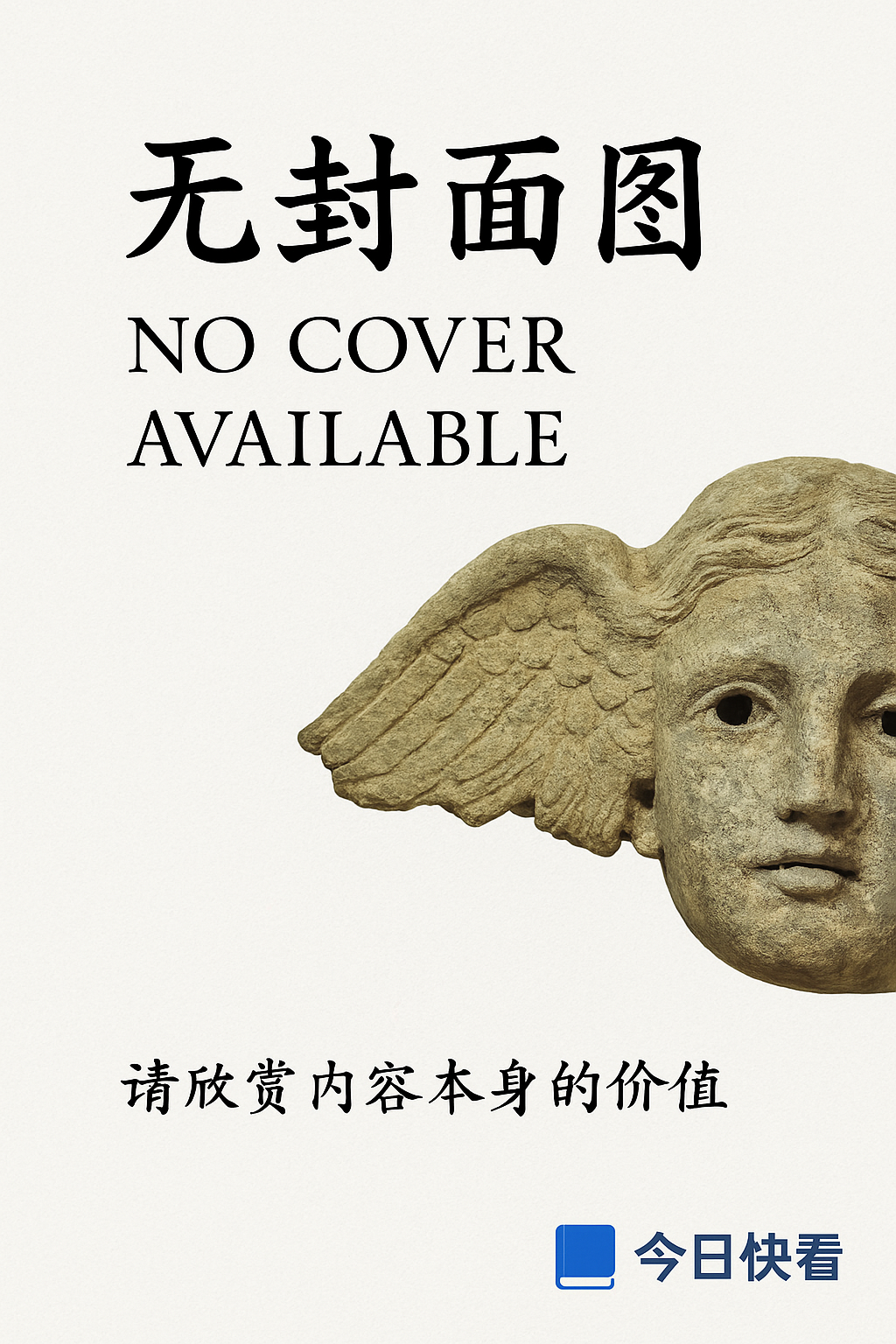书籍详情

Christianity's Dangerous Idea : The Protestant Revolution--A History from the Sixteenth Century to the Twenty-First
HarperOne / HarperOne /2008年11月4日
"Christianity's Dangerous Idea: The Protestant Revolution—A History from the Sixteenth Century to the Twenty-First" 是一本由HarperOne出版的书籍,它提供了一种对新教主义及其对世界影响的全新解释。这本书从16世纪的新教改革开始,一直讲述到21世纪,深入探讨了新教思想的演变和其在全球范围内的影响。作者详细分析了新教如何塑造了现代世界观,如何影响了政治、经济、科技和文化等多个领域。此外,该书还强调了新教思想的持久力量和其在当代社会中的重要性。通过这本书,读者可以更深入地理解新教主义的核心理念,以及它在过去和现在如何改变了世界的面貌。这本书是对于宗教、历史和文化研究的重要贡献,也是对于理解当今世界不可或缺的读物。
大纲笔记
Christianity's Dangerous Idea: The Protestant Revolution--A History from the Sixteenth Century to the Twenty-First
Book Summary
"Christianity's Dangerous Idea" by HarperOne is a comprehensive history of the Protestant Revolution, tracing its origins and developments from the sixteenth century to the modern era. The book delves into the profound changes that the revolution brought to theology, politics, culture, and society. HarperOne offers a detailed account of key events, figures, and movements that shaped the course of Protestantism and its influence on Western civilization.
Chapter Summaries & Key Points
Introduction
- Overview: The introduction sets the stage for the book, highlighting the significance of the Protestant idea and its revolutionary impact.
- Key Points:
1. The Protestant idea challenges the traditional authority and structure of the Catholic Church.
2. The revolution encompasses a complex web of theological, political, and cultural transformations.
Chapter 1: Luther's Reformation
- Main Content: Examines Martin Luther's role as the catalyst for the Protestant Reformation.
- Subsections:
- Luther's Ninety-Five Theses: Challenges papal authority and indulgences.
- Wittenberg and Lutheranism: Establishment of Lutheran principles.
- Reformation Spread: Rapid spread of reform throughout Europe.
- Key Points:
1. Luther's criticism of the Catholic Church sparked widespread debate and dissatisfaction.
2. His translation of the Bible into German made scripture accessible to the common people.
Chapter 2: Calvin and Calvinism
- Main Content: Explores John Calvin's contributions to Protestant thought and the rise of Calvinism.
- Subsections:
- Institutes of the Christian Religion: Calvin's systematic approach to Theology.
- Predestination: Central doctrine of Calvinism.
- Geneva and Calvinist Practice: Application of Calvinist ideas in practice.
- Key Points:
1. Calvinism emphasized the sovereignty of God and the doctrine of predestination.
2. Calvinist communities became models of strict moral discipline and theocratic governance.
Chapter 3: Anglicanism and the English Reformation
- Main Content: Discusses the development of the Anglican Church and its unique position within Protestantism.
- Subsections:
- Henry VIII and Divorce: The king's personal motivations leading to church schism.
- Elizabethan Settlement: Establishment of Anglicanism as the national church.
- Puritans and Separatists: Radical Protestants who sought further reforms.
- Key Points:
1. Anglicanism emerged as a compromise between Catholicism and more radical Protestant positions.
2. The Puritan movement advocated for greater purity and simplification of worship.
Chapter 4: The Catholic Counter-Reformation
- Main Content: Describes the Catholic response to the Protestant challenge and its own reforms.
- Subsections:
- Council of Trent: Catholic Church's definitive response to Protestant criticisms.
- Jesuits: A powerful new religious order formed to combat heresy and promote Catholicism.
- Art and Literature: Catholic efforts to use cultural production to defend the faith.
- Key Points:
1. The Council of Trent reaffirmed traditional Catholic doctrines and practices.
2. The Jesuits played a significant role in missionary work and education.
Chapter 5: The Spread of Protestantism
- Main Content: Traces the global expansion of Protestantism and its varied expressions.
- Subsections:
- North America and the Colonies: Protestant influence in the New World.
- Africa and Asia: Missionaries and converts in non-Western cultures.
- Evangelicalism: The rise of enthusiastic Protestant movements.
- Key Points:
1. Protestantism has adapted to diverse cultures and contexts.
2. Evangelicalism emphasizes conversion experiences and active engagement with the Gospel.
Conclusion
- Overview: The conclusion reflects on the lasting legacy of the Protestant Revolution.
- Key Points:
1. Protestantism has had a profound influence on Christian theology, worship, and piety.
2. The revolution's effects extend beyond religion to shape political and social structures.
Note: This summary provides only an overview of the book's content. Each chapter is rich with detail and requires a closer reading to fully appreciate the complexities and nuances of the Protestant Revolution.
作者介绍
书籍:Christianity's Dangerous Idea: The Protestant Revolution--A History from the Sixteenth Century to the Twenty-First 作者:HarperOne 介绍作者的文章: HarperOne 是一个著名的出版社,而非个人作者。
< 然而,我们可以从多个角度介绍这个出版社以及与其相关的重要人物。- 基本信息: HarperOne 是 HarperCollins 出版社的一个分支,专注于出版宗教、灵性和哲学类书籍。
- 教育与职业背景: HarperOne 的编辑团队通常具有丰富的教育背景,包括宗教学、历史学、哲学等领域的学位。
- 写作生涯: 虽然 HarperOne 本身不是一名作者,但它与许多知名作者合作,出版了大量有影响力的书籍。
- 作品风格和主题: HarperOne 的作品风格多样,涵盖了从传统宗教教义到现代灵性实践的广泛主题。
- 个人生活: 由于 HarperOne 是一个出版社,而非个人作者,因此没有个人生活方面的信息。
- 社会影响: HarperOne 出版的书籍在全球范围内产生了深远的影响。
- 引用和评价: 权威媒体和专家对 HarperOne 出版的书籍给予了高度评价。
” 8. 最新动态: HarperOne 持续关注宗教、灵性和哲学领域的最新发展,并出版相关书籍以满足读者的需求。
< 他们还通过社交媒体和在线平台与读者互动,分享新书信息和相关活动。总之,HarperOne 作为一个出版社,通过与众多优秀作者合作,出版了一系列有深度、有影响力的宗教、灵性和哲学书籍。< 这些书籍不仅丰富了读者的知识和视野,还促进了全球范围内的文化交流和理解。
更多精选笔记推荐
在中西之间 : 陈乐民自述
作者: 陈乐民
《在中西之间:陈乐民自述》是陈乐民先生的自传体作品,以其独特的视角和深邃的思考,回顾了自己在20世纪中国的非凡经历。陈乐民先生生于1930年的北京,他的一生见证了中国的巨大变迁。他经历了日本的占领、家族的衰弱、国民党政权的败亡等重大历史事件,亲身参与了新中国的建设与发展。在书中,他以平实而深刻的笔触,描述了自己的成长、求学、工作与生活,展现了一代知识分子的心路历程和家国情怀。这部作品不仅是对个人经历的忠实记录,更是对20世纪中国历史变迁的深刻反思,读来令人感慨万千,思考不已。
生命的重建 : 40周年插图纪念版
作者: 露易丝·海
《生命的重建》是露易丝·海的经典之作,被誉为心灵疗愈领域的高峰之作。本书以帮助读者走出人生低谷、重塑自我为目标,针对那些常常自我否定、自我怀疑的人群而展开。通过阅读本书,读者可以学会如何摒弃消极情绪,拥抱自我,进而发现自己的价值和潜力。作为全球心理自助领域的经典之作,本书已经帮助千千万万人重拾信心和勇气,走出困境,迎接新的人生。无论你是正在经历挫折,还是希望提升自我价值,这本书都会为你提供深刻的启示和帮助。40周年插图纪念版的推出,更是让这本经典之作焕发出新的光彩,值得每一个追求自我成长和幸福的人拥有和阅读。
成长中的危与机:写给家长和教师的青少年心理健康指南
作者: [美]J. 杰弗里斯·麦克沃
《成长中的危与机:写给家长和教师的青少年心理健康指南》一书由美国心理学家J. 杰弗里斯·麦克沃撰写。本书旨在帮助家长和教师更好地理解和应对青少年在成长过程中遇到的心理健康问题。书中详细分析了青少年阶段常见的心理困扰,如压力、焦虑、抑郁等,并提供了实用的指导和策略。麦克沃强调,面对挑战时,家长和教师应关注青少年的情感需求,培养他们的应对能力,以促进其健康成长。本书既是一本实用的心理健康指南,也是家长和教师与青少年建立良好沟通、增进理解的桥梁。通过阅读本书,读者将学会如何更好地支持青少年度过成长中的关键时期。



